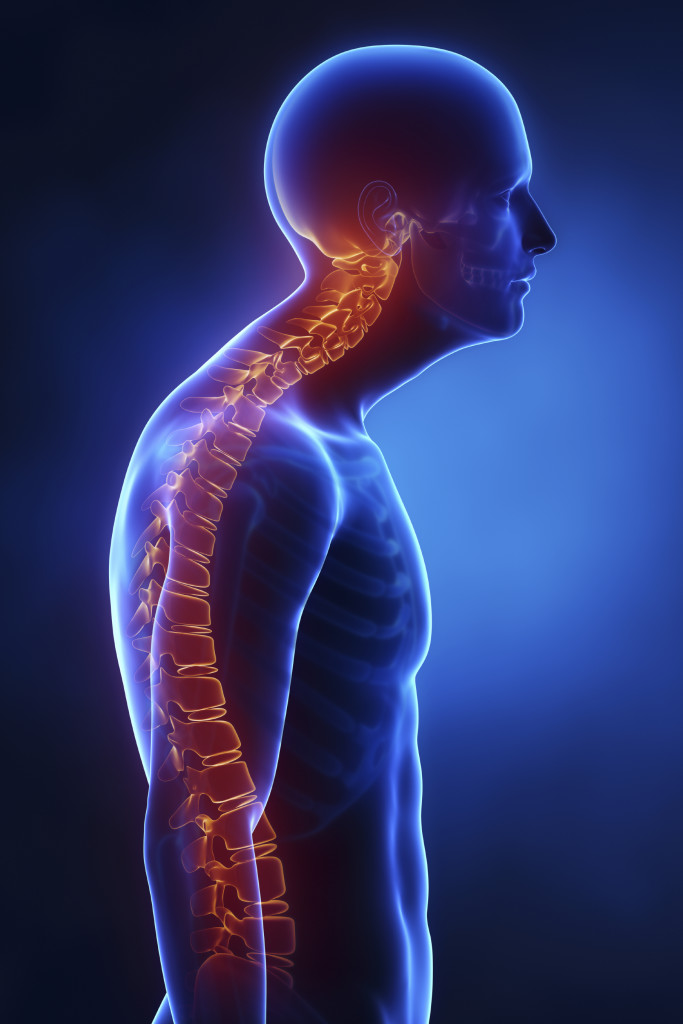Scoliosis
Scoliosis is a disorder where the spine has an irregular curve. This may occur at any age, be the result of a different condition, and seems to arise mainly in women.
Scoliosis is divided into three different categories:
- Idiopathic
- Congenital
- Resulting from a different illness, that identify the cause
Scoliosis is considered idiopathic when no underlying causes can be identified. Scoliosis of a congenital nature refers to the condition being present from birth.
Scoliosis may also be caused by a different condition such as:
- Muscular dystrophy
- Physical trauma
- Stickler syndrome
- Marfan syndrome
Diagnosis
The measurement of spinal curve, through the use of Cobb’s angle, is the main tool in diagnosing.
A curve of the spine that surpasses 10 degrees in any one plane, usually described as a “C” or “S” shape of the spine, is the main criteria.
Other identifiers include uneven hips, uneven leg lengths, uneven muscularity, balance problems, and a protruding rib or shoulder blade.
In severe cases, patients have described difficulty breathing, pain, and a reduced ability to function.
Treatment is determined by the age of the patient, severity of curve, and the location of the curve.
Treatment
- Physical therapy
- Occupational therapy
- Chiropractic therapy
- Braces
- Surgery: for severe cases (curvature of 45 degrees or greater)

